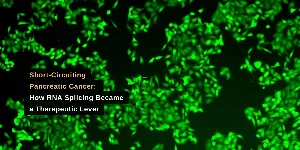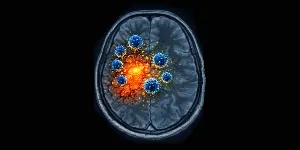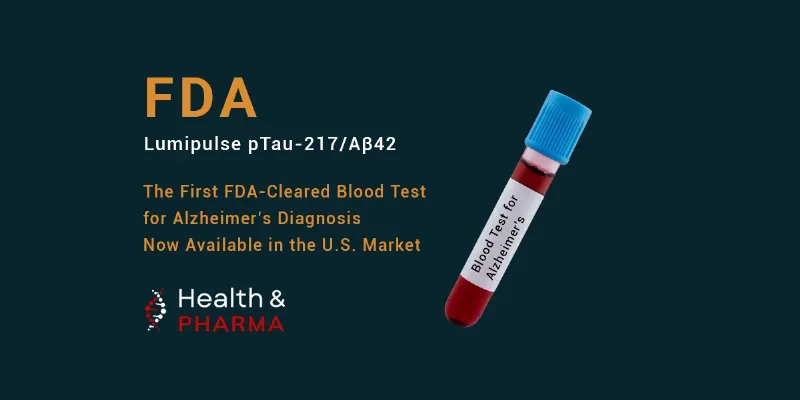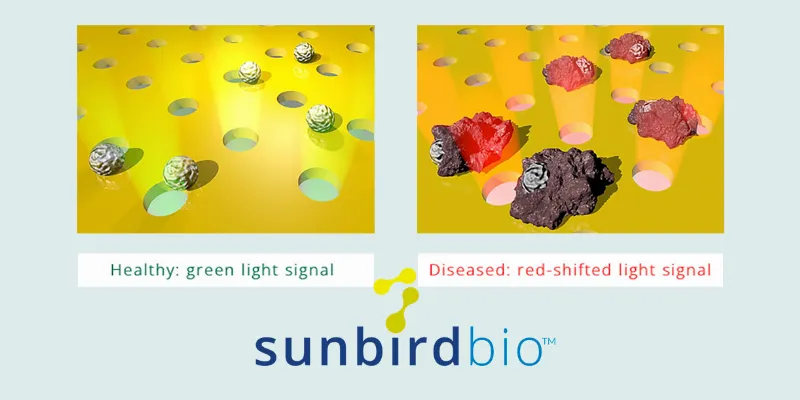DR4 Allele Gene: A New Beacon of Hope Against Alzheimer’s and Parkinson’s

2 September 2023
Scientists from Stanford Medicine have discovered a gene variant, DR4 allele, that provides protection against both Alzheimer’s and Parkinson’s disease. Analyzing data from various continents, researchers found that this gene variant reduces the risk of these neurodegenerative diseases by over 10%. The DR4 allele appears to bind to a segment of the tau protein, which is prevalent in Alzheimer's patients.
The findings suggest that tau may also play a role in Parkinson’s. This research offers the potential for a vaccine, targeting this gene variant, to delay or reduce the onset of these diseases. Stanford University has subsequently filed a related patent application. The findings published in the Proceedings of the National Academy of Sciences.
A massive study of medical and genetic data shows that people with a particular version of a gene involved in immune response have a lower risk of Alzheimer’s and Parkinson’s disease. The protective gene variant, known as the DR4 allele, has been observed in earlier research to act as a shield against Parkinson’s disease. Dr. Emmanuel Mignot, PhD, one of the senior authors of the study and a professor of psychiatry, “Now, we've found a similar impact of DR4 on Alzheimer's disease.”
By analyzing medical and genetic databases from numerous countries, covering more than 100,000 Alzheimer's and over 40,000 Parkinson’s patients, the researchers noticed approximately a 10% reduced risk among those possessing the DR4 allele. Significantly, data from autopsied brains of over 7,000 Alzheimer’s patients showed that individuals with the DR4 allele had fewer neurofibrillary tangles – a hallmark of Alzheimer's – and experienced a later onset of symptoms compared to those without this gene variant. Interestingly, the same allele correlated with a delayed onset of symptoms in Parkinson's patients.
The research suggests that the tau protein, which is known to accumulate in the brains of Alzheimer’s patients, may have an undefined yet pivotal role in the development of Parkinson’s. The DR4 allele is part of a broader gene complex, the human lymphocyte antigen complex (HLA), which is crucial in making cells' inner contents visible to the immune system.
This mechanism aids the immune system in identifying and attacking aberrant cells that may lead to conditions like autoimmunity. In a revealing part of the research, the team discovered that the DR4 allele binds most firmly to a segment of the tau protein known as PHF6, but only when the segment undergoes a specific chemical change seen in Alzheimer’s patients.
This chemical alteration might trick the immune system into identifying PHF6 as a threat, leading to the elimination of budding neurofibrillary tangles. Dr. Mignot envisions a potential vaccine containing this modified PHF6 segment. This vaccine could signal the immune system to counteract tau’s accumulation.
However, its benefits would be limited to those who have specific protective versions of the DR4 allele, and a blood test would be necessary to determine its appropriateness for individuals. The findings are potentially a significant stride toward understanding these debilitating neurodegenerative diseases and creating potential therapeutic solutions. Stanford University has filed a patent application in connection with this research, which saw contributions from 160 researchers across approximately 25 countries.
Abstract of research
Multiancestry analysis of the HLA locus in Alzheimer’s and Parkinson’s diseases
Multiancestry analysis of the HLA locus in Alzheimer’s and Parkinson’s diseases uncovers a shared adaptive immune response mediated by HLA-DRB1*04 subtypes Abstract: Across multiancestry groups, we analyzed Human Leukocyte Antigen (HLA) associations in over 176,000 individuals with Parkinson’s disease (PD) and Alzheimer’s disease (AD) versus controls. We demonstrate that the two diseases share the same protective association at the HLA locus. HLA-specific fine-mapping showed that hierarchical protective effects of HLA-DRB1*04 subtypes best accounted for the association, strongest with HLA-DRB1*04:04 and HLA-DRB1*04:07, and intermediary with HLA-DRB1*04:01 and HLA-DRB1*04:03. The same signal was associated with decreased neurofibrillary tangles in postmortem brains and was associated with reduced tau levels in cerebrospinal fluid and to a lower extent with increased Aβ42. Protective HLA-DRB1*04 subtypes strongly bound the aggregation-prone tau PHF6 sequence, however only when acetylated at a lysine (K311), a common posttranslational modification central to tau aggregation. An HLA-DRB1*04-mediated adaptive immune response decreases PD and AD risks, potentially by acting against tau, offering the possibility of therapeutic avenues.











Comments
No Comments Yet!